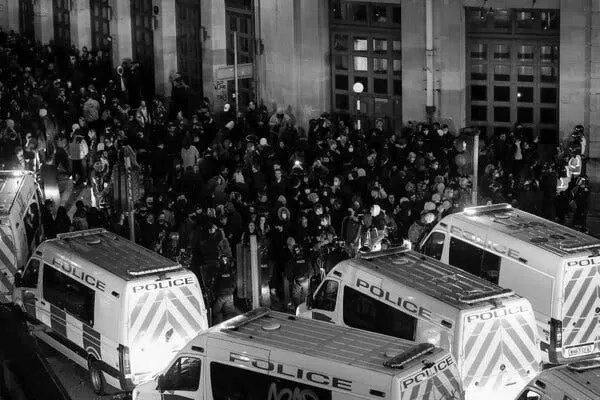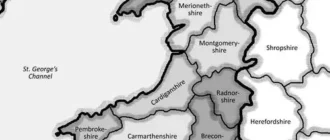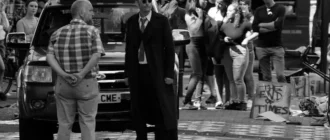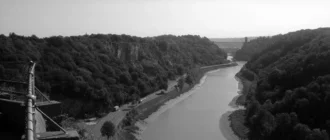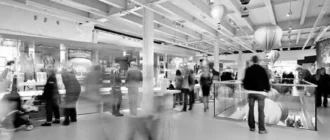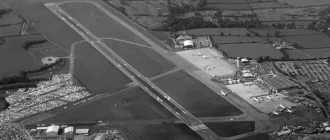If you’re wondering what the Bristol protests are about, you’ve come to the right place. Bristol is currently undergoing a tumultuous political and social climate. The issues discussed are ‘Kill the Bill’, new laws, and violence. But before we get into that, let’s take a closer look at the protests.
‘Kill the Bill’ protests.
‘Kill the Bill’ protests have become violent, with police clashing with protestors. The demonstrations have responded by introducing new powers for police to deal with objections. At one rally in Bristol, over 100 people gathered on College Green, where protestors chanted slogans and played music. The protestors then marched to the police station on Nelson Street, where they climbed over police vans.
Avon and Somerset’s police issued a false press release the day after the protest, claiming three police officers had been injured. They also lied to newspapers, the BBC, and politicians from both parties. As a result, there have been significant police failings during the protests.
Police brutality is not the only concern of the protesters, though. The bill has a long history of causing protests. The UK government has been accused of being repressive in response to these protests, but it is now clear that the protests will continue as long as the bill becomes law.
Many arrested people have been charged with a riot after the Bristol disorder. This is the most severe public order offense. These charges have not been used on this scale since the 1980s. In one case, a man named Ryan Roberts was found guilty of riot and attempted arson and received a fourteen-year sentence. Another person, Fleur Moody, pleaded guilty to affray. The video footage of the night in question has been described as “harrowing.”
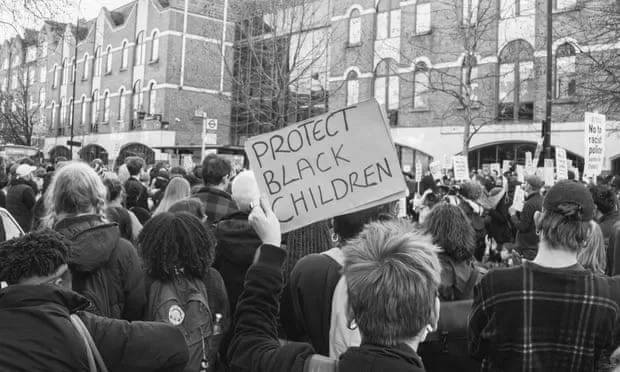
The ‘Kill the Bill’ protests caused widespread damage. At least 44 police officers were injured, and their property was damaged. Protesters also set fire to police vehicles outside a police station and broke windows in the Bridewell police station. Five men and a woman were arrested in the riot.
The Bristol protests started peacefully but soon became violent. Many people began throwing stones at the police and setting vehicles on fire. Others vandalized a police station and etched the words ‘kill the bill’ on the streets. Some protesters also defecated near police officers. The police chief, Andy Marsh, warned that these scenes could repeat in other cities.
The protests continued for several hours, with police using riot gear to disperse protesters. The protesters chanted slogans including ‘Whose streets? Our streets!’ and ‘What’s in the Bill?’ Protesters even occupied a section of the M32 motorway and blocked inbound traffic. Police eventually told protesters to go home, and the violence ended after eight hours of calm.
New laws
Bristol protestors have been upset about new laws passed by the government, which could lead to more repression of protests. The rules include an offense of causing a “public nuisance,” which could consist of hanging off a bridge or occupying public spaces. It also has a crime of damaging memorials, which could lead to up to 10 years in prison. Last year, protestors toppled a statue of a slave trader in the city.
The new laws would also include a new clause which could mean more police powers. It would also mean that if a person were caught causing a nuisance, the law would be expanded to make it easier to arrest and search them. Similarly, a new law would allow police to evict people from encampments which could result in a prison sentence of up to 10 years.
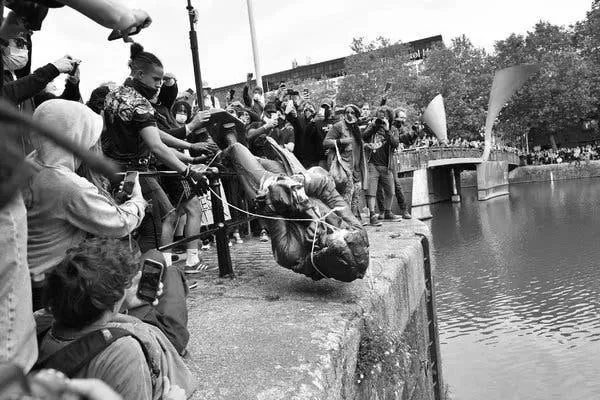
The new laws are a big piece of legislation covering England and Wales. They aim to introduce harsher sentences for serious crimes, end the early release policy for prisoners, and restrict unauthorized encampments. They also give the police more powers to respond to protests, such as stopping them if they disrupt the public.
The protests started peacefully but soon turned violent. The police moved in with riot police and started evicting protesters from the streets of Bristol. They also set fire to police cars and attacked a police station on the city’s Bridewell Street. Two police officers were injured in the assaults.
A cross-party inquiry into the police’s conduct concluded that they had failed to prevent the protesters from entering the city. The police and crime bill has now been passed through Parliament and is due to be signed by the queen in the coming days. However, it should be remembered that the right to protest is primary legislation, and the Human Rights Act of 1998 trumps the coronavirus legislation. Despite the police’s attempts to suppress protest, the protesters were not breaking any law.
The new laws also contain provisions to restrict the use of force by the police. These measures will not apply to protesters outside the Parliament. It is important to remember that most protests are peaceful and do not disrupt the lives of people in the area. Therefore, noise legislation won’t be a factor in determining whether or not people can safely protest outside Parliament. Protesting outside Parliament is a fundamental human right.
Violence
Despite a lack of national media coverage, violence at the Bristol protests continues to escalate. At least fourteen people were arrested on Tuesday night, and many more were injured after being attacked by police. The tensions remain high, and another demonstration is planned for this Friday. Some activists say that this will mark the tipping point in the protests.
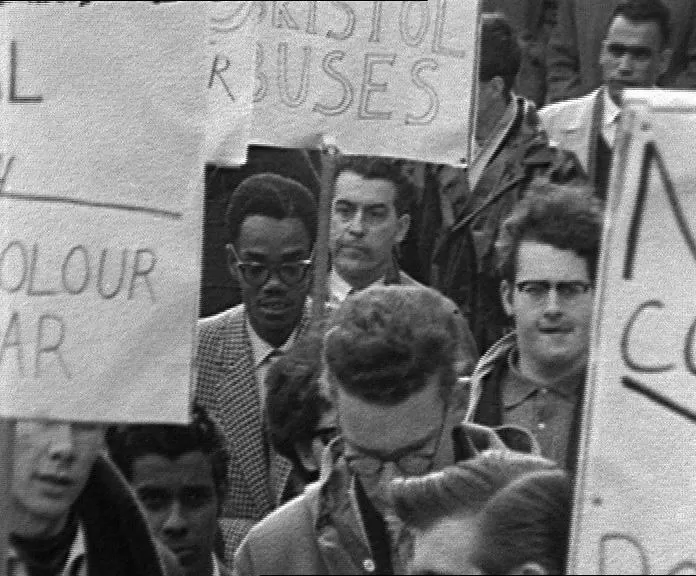
The protests began peacefully, with hundreds of people meeting outside Bristol City Hall. They wanted to draw attention to the Traveller community and their plight. However, the peaceful demonstration was broken up by riot police, who beat the protesters with shields and batons. The police also tramped over flowers placed at a memorial for Sarah Everard, who was murdered in 2010. Police punched one protester repeatedly and ripped her hair.
The police federation in Bristol and the Avon and Somerset police association condemned rioting at the protests. Andy Roebuck, the chairman of the Avon and Somerset Police Federation, and John Apter, the national chairman of the Police Federation of England and Wales, condemned the “unacceptable scenes” in Bristol. Meanwhile, the Home Secretary, Priti Patel, has condemned the violence in Bristol, calling it “a waste of resources.”
Among those arrested after the protests, many were charged with riot. It was the first time the charge of the riot had been used on such a large scale since the 1980s. Ryan Roberts, who was part of the riot, was jailed for fourteen years for riot and attempted arson. Another woman, Fleur Moody, pleaded guilty to an affray on 23 May. The footage from that night has been described as “harrowing.”
Several police officers were injured during the violent protests in Bristol. At least one officer was hospitalized after being stamped on. Meanwhile, the protesters and police are expected to continue clashing for some time. The BBC cited several reports of officers being broken bones and injuries to police officers. As the national media focused on the violent mob, local election candidates condemned the police for their tactics, calling for an independent investigation.
The police responded by deploying riot gear. As a result, two officers suffered broken ribs and arms during violent skirmishes. In addition, two police vehicles were burned. Avon and Somerset Police Superintendent Sue Mountstevens said that the police would seek prosecution for those responsible for such actions.
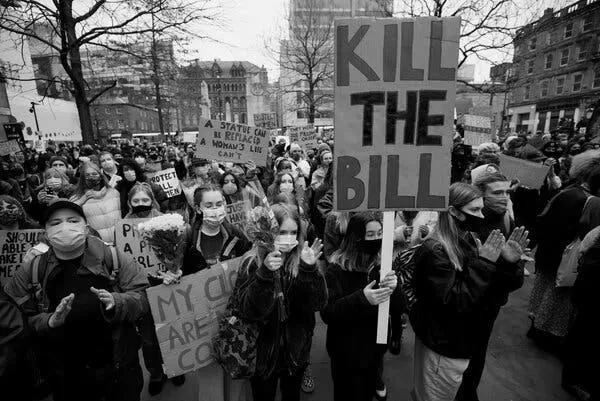
During the violent protests in Bristol, police officers were pelted with missiles, rocks, and fireworks. One police officer suffered a punctured lung, and another suffered fractured ribs and an arm. At least seven people were arrested for violent disorder and possession of an offensive weapon. More suspects are being sought. Meanwhile, Prime Minister, Boris Johnson, called the violence “unacceptable.”
After the Bristol protests, police officials warned the public not to participate in such demonstrations. They have also warned residents to stay away from the protest sites.
